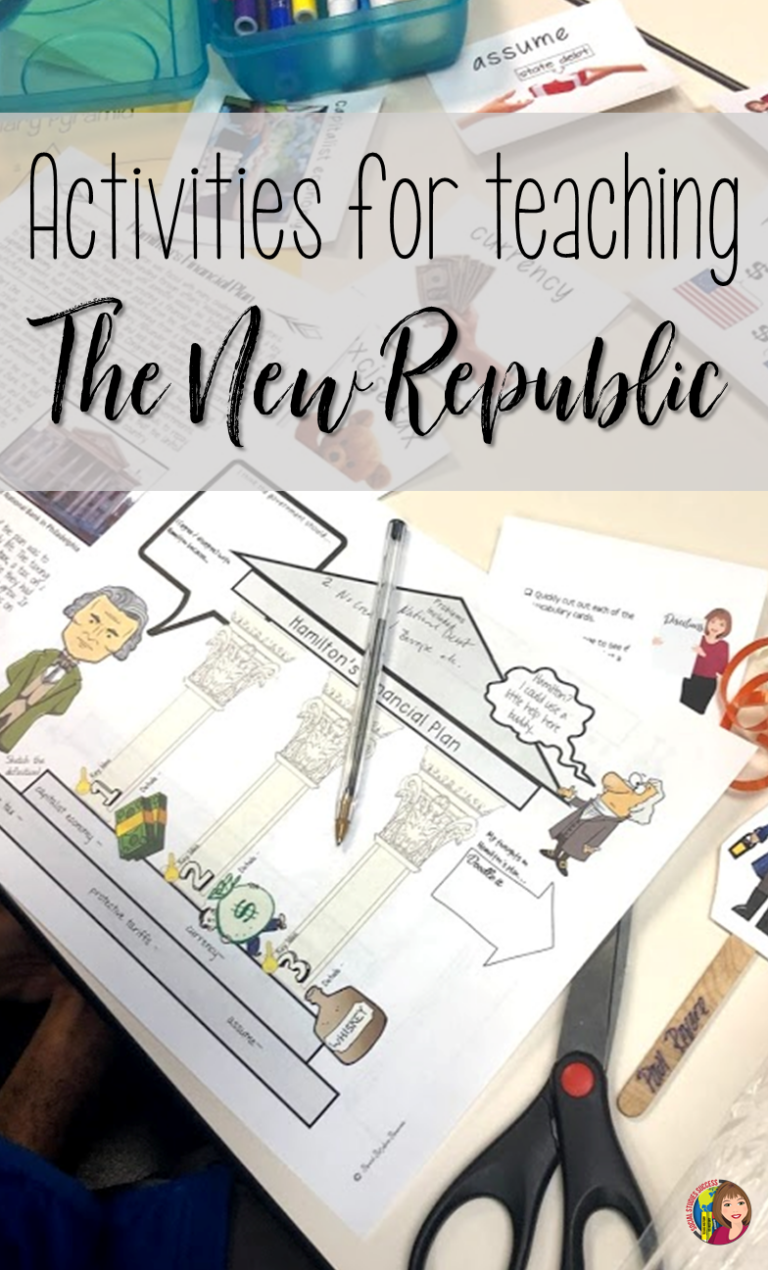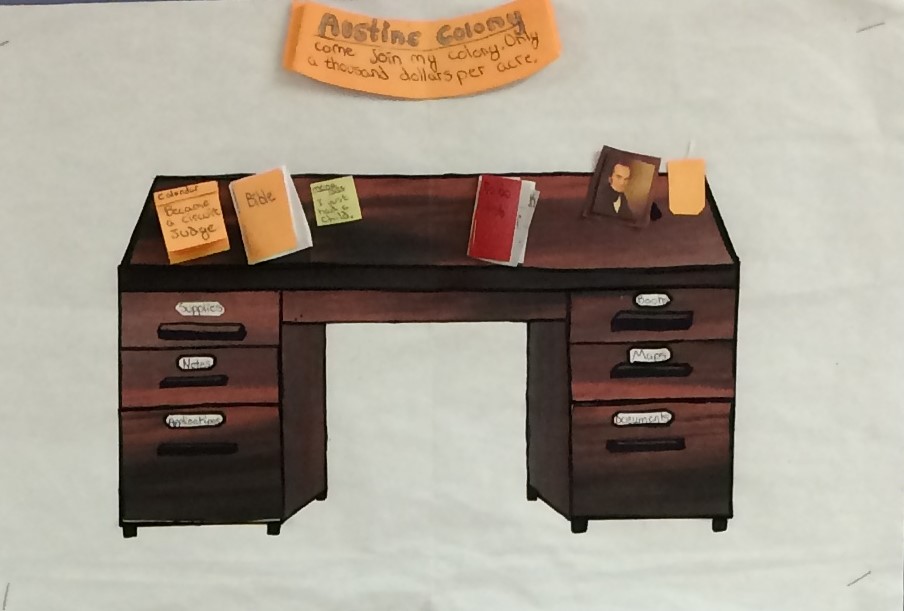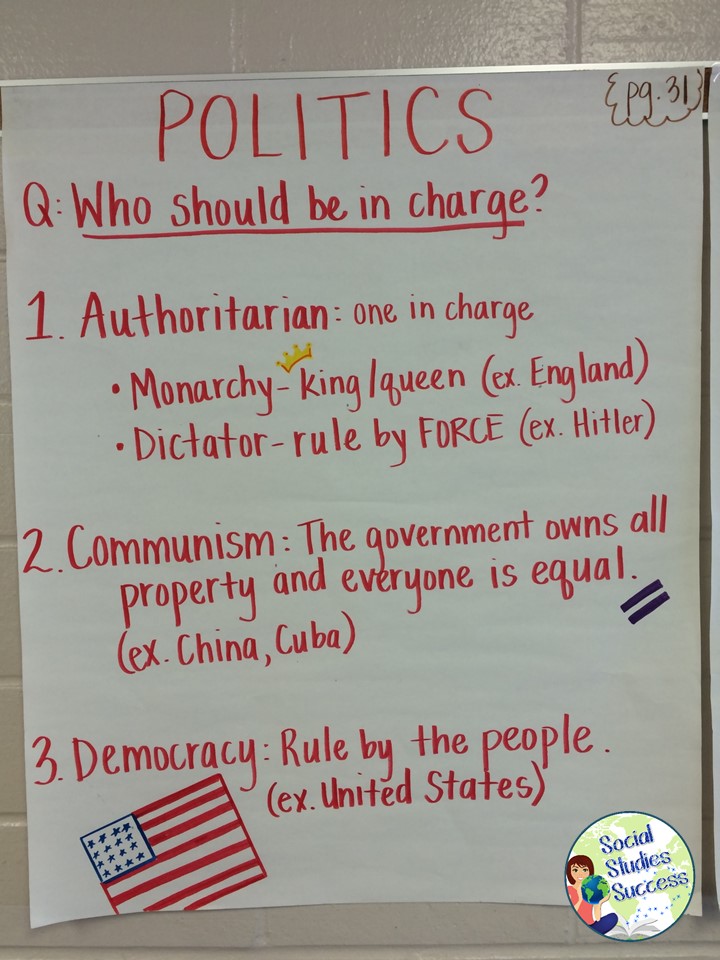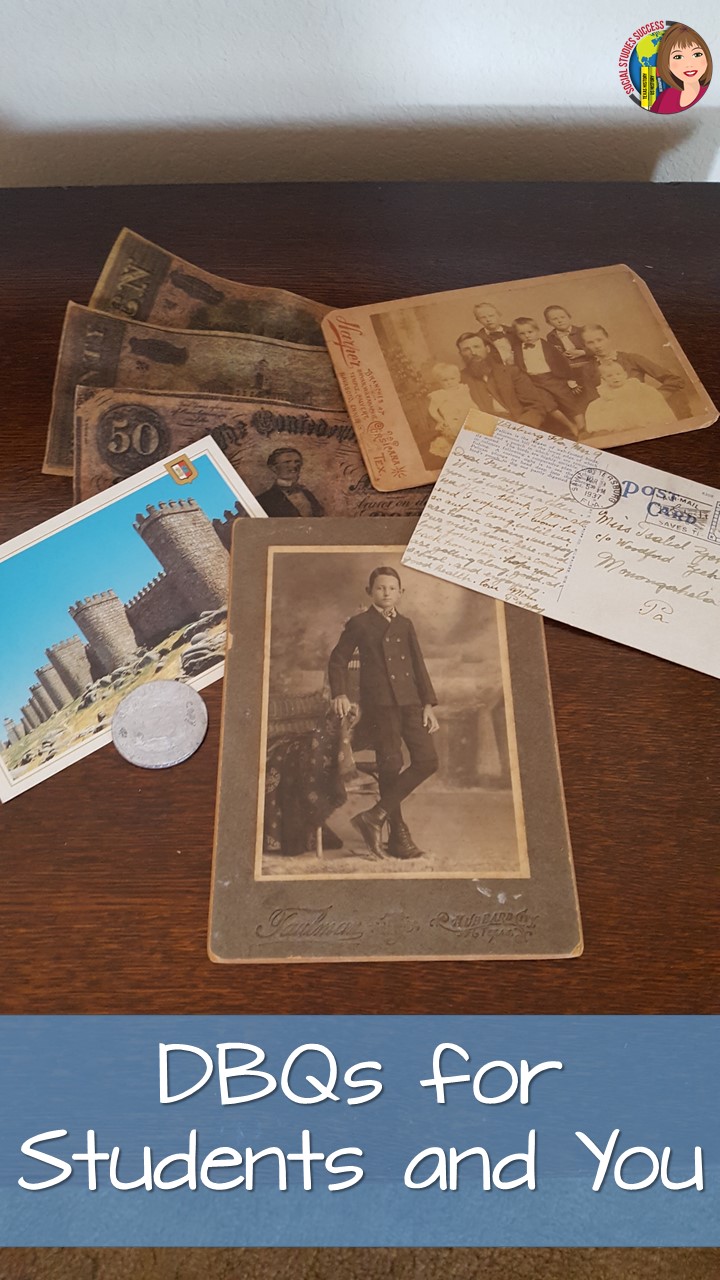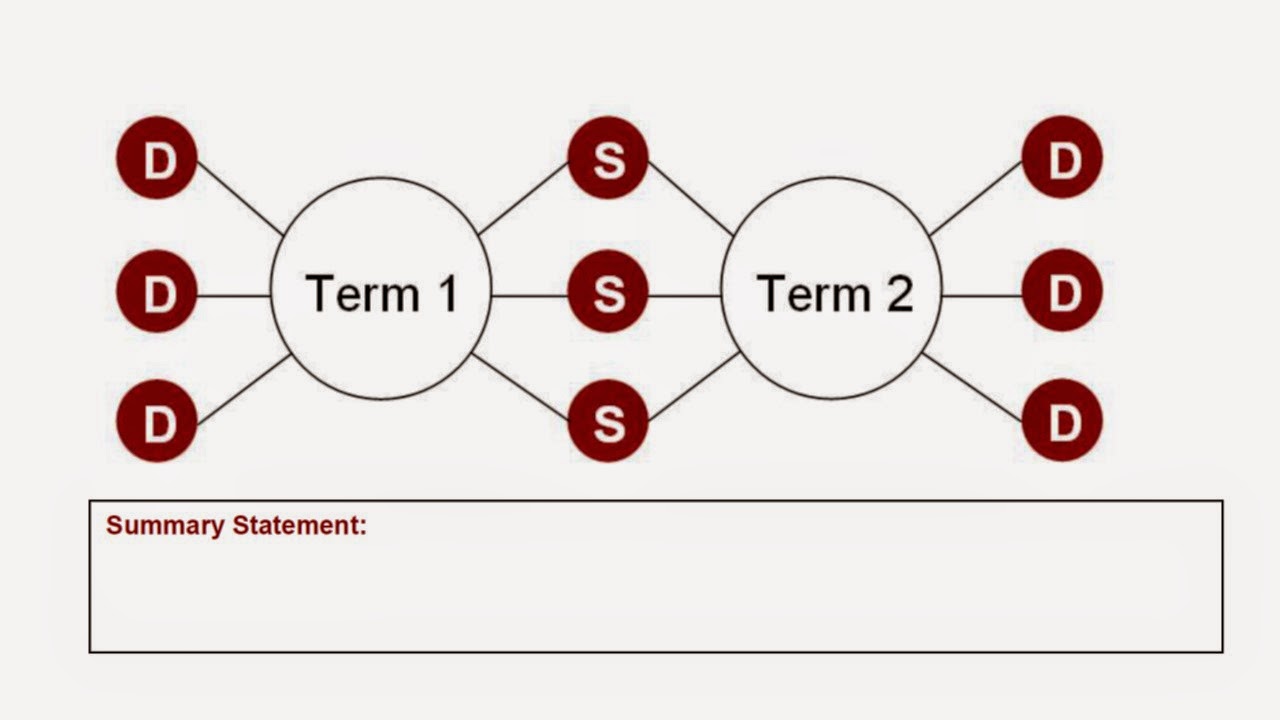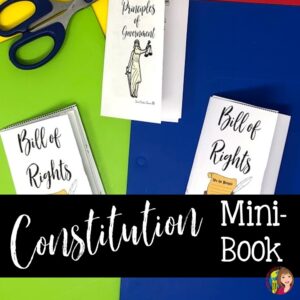Are you struggling to organize your unit on the New Republic? This era can be challenging with the amount of content and standards that are required. Do you approach it conceptually with foreign vs. domestic issues? Do you approach it chronically with the danger of getting dragged down by all of the different presidents? And how do you keep your students engaged while learning this content? Let me share with you my plans for the New Republic of the United States.
First of all, I have seen this era taught in many different ways, I still think the chronological approach is best for helping students see the connections between the events of the New Republic. I would approach this unit through the lens of the presidents and their actions (foreign and domestic) throughout the era. This can make a great anchor chart for your unit and you can also use a card sort at the end to reinforce those connections.
While you are planning your unit – think about the vocabulary instruction that will be required. There are so many important terms that are necessary for student understanding. I would recommend using the Word Wall terms to pre-teach vocabulary prior to each lesson, then make sure you practice the terms throughout the unit.
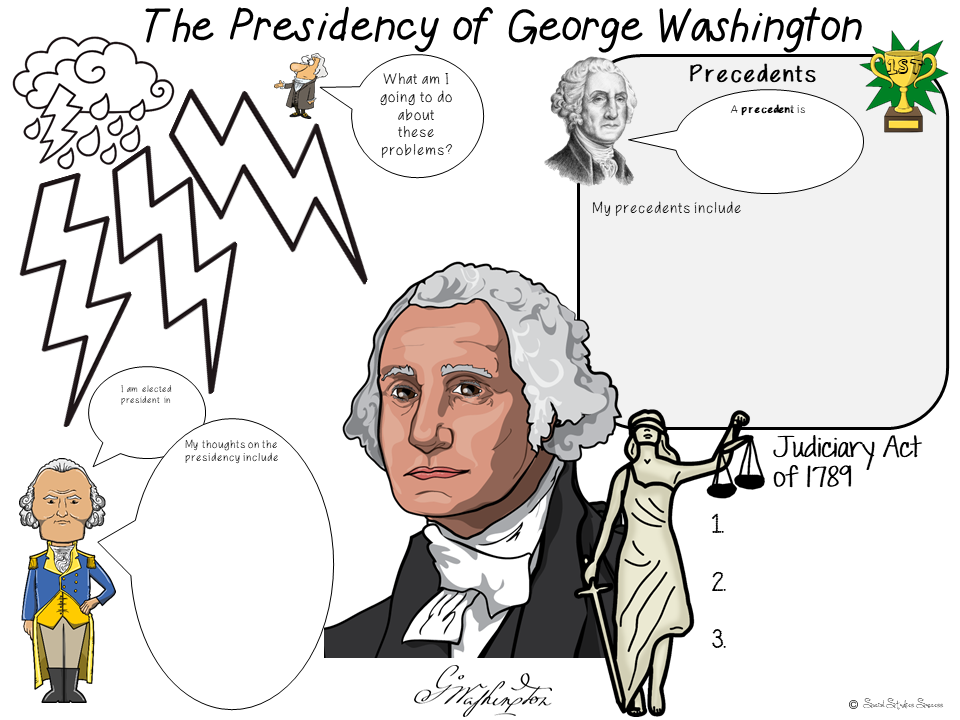
Washington
Washington was our first president and arguably deserves the most time in your unit. The key to approaching Washington is to focus on the challenges he faced and how the United States benefited from his leadership.
- Start out with his inauguration and precedents – Doodle Notes can really show how he was faced with so many challenges and how they were addressed.
- Next you will want to teach about Hamilton’s Financial Plan and the impact on the United States – this is when you will want to pull in the songs from the musical Hamilton to increase engagement!
- Transition next into foreign relations. How did other nations react to the formation of the United States? I have a resource describing the foreign issues impacting Washington’s presidency (French Revolution, Proclamation of Neutrality, and Jay’s Treaty).
- These lessons will make a great transition into the formation of the first political parties – and it will make sense for your students. Engage your students with a puppet debate between Hamilton and Jefferson! After reading about the point of view of the Democratic-Republicans and the Federalists, your students will create a Puppet Show Debate to perform to their classmates. Sounds like it will take a lot of time, but it doesn’t! And with this standard being tested often, it is important that our students understand the key differences between the first two political parties.
- What about Washington’s Farewell Address? Explore his ideas with primary source clues where students can match images to excerpts from Washington’s Farewell Address – practice skills and learn content at the same time! Need quicker coverage, simply reduce the number of quotes.
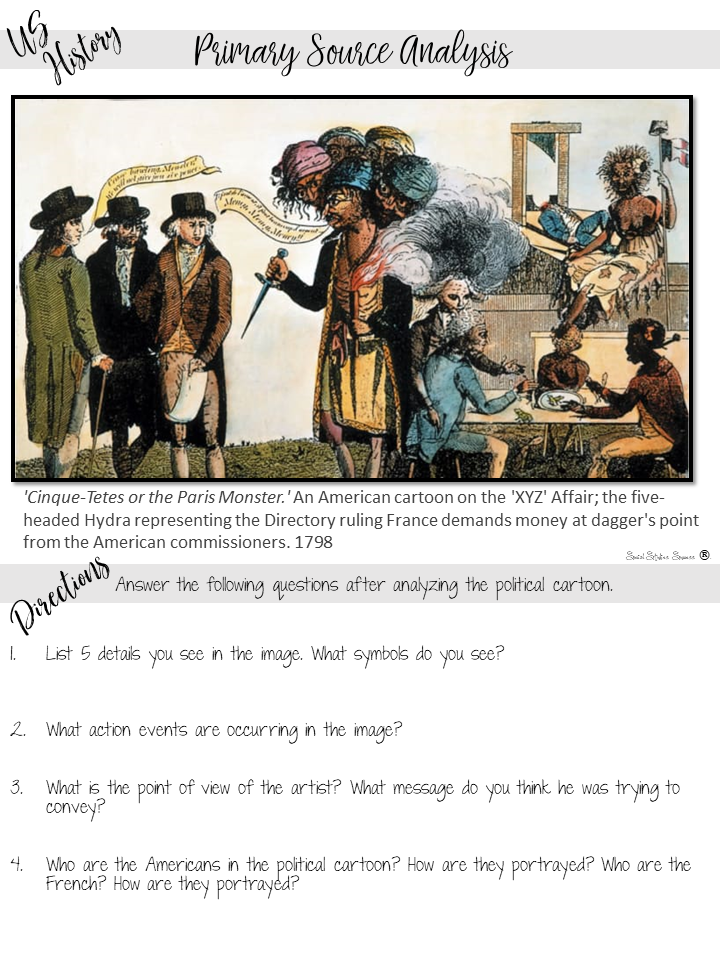
Adams
Can you imagine trying to follow George Washington? What foreign and domestic issues did John Adams confront during his presidency? Allow your students to learn about the presidency of John Adams with political cartoons, readings, and Doodle Notes™.
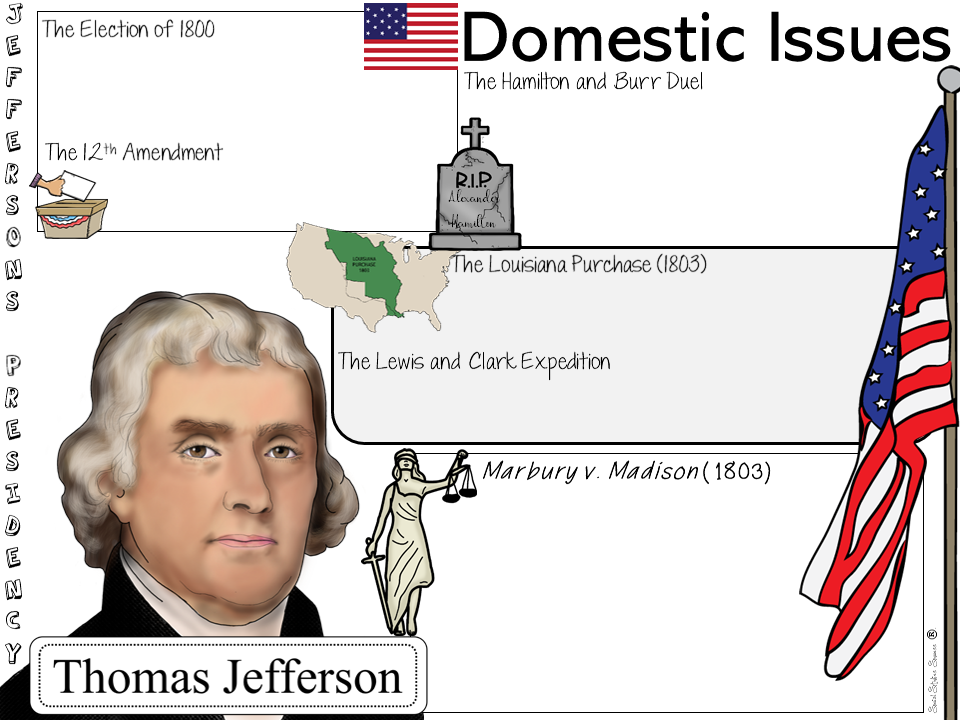
Jefferson
Jefferson was pivotal in the growth of the United States. Keep your students engaged in his presidency with a project on Jefferson. Try creating a character collage with your students on Thomas Jefferson. Engage your students in with a reading activity, Doodle Notes, and character collage.

Madison
Of course the key to Madison is the War of 1812 – Engage your students in with a reading activity, Mini-Doodle Note Booklet and primary source analysis. Your students will make a book highlighting the causes and effects of the War of 1812.
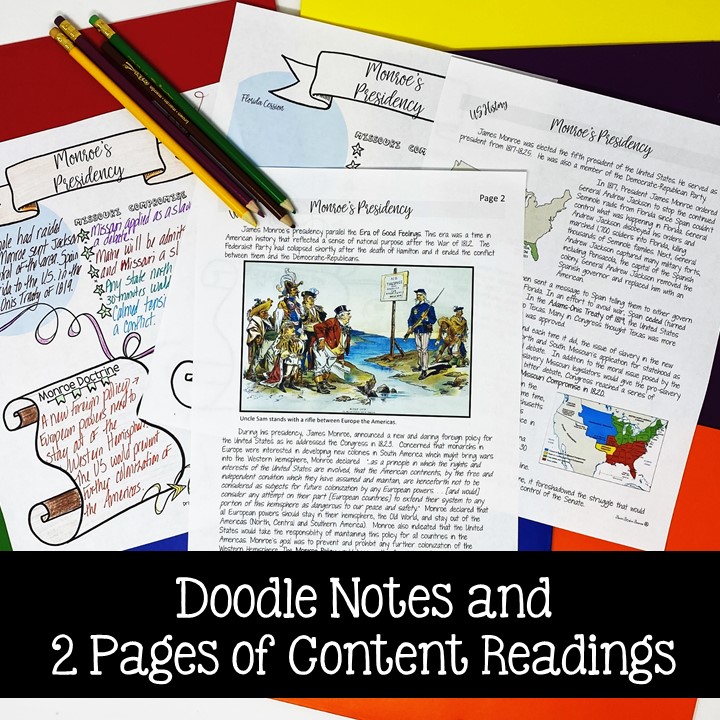
Monroe
James Monroe was the 5th president of the United States with an important foreign event during his presidency. His presidency is an excellent opportunity to reinforce Social Studies skills like analyzing political cartoons. Encourage your students to learn about the presidency of James Monroe and the Monroe Doctrine with political cartoons, readings, and Doodle Notes™.

Court Cases of the New Republic
The court cases can be confusing for your students. You will need to break them down and then practice with the different components of each case – repetition is the key! Have your students read about John Marshall, Marbury v. Madison, McCulloch v. Maryland, and Gibbons v. Ogden. I recommend previewing the activity with the Character Quotes activity on John Marshall. After reading and completing the graphic organizer, students can review the content either by playing a sorting game or spoons.
Phew! You are done!!! Or are you? With this much content, you will need constant and planned review throughout your unit. What about games? I have designed task cards and Boom Cards for quick check for understanding and reviews. At the end of the unit you have several options before you test!
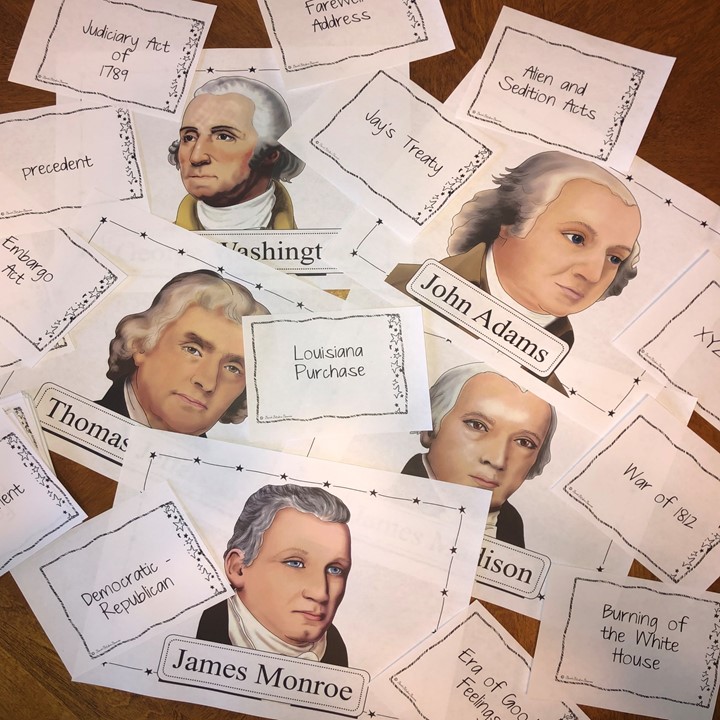
New Republic Card Sort – The purpose of this game is to help students make connections between the presidents in the New Republic and the their key events. They can play the card sort in class as a game, then take the answer key home to study. The game includes multiple rounds and multiple ways to sort the cards.

Hexagonal Thinking – Hexagonal Thinking is a fun review game using hexagons to show key relationships between events, people, places and vocabulary terms. In this game, students are challenged to place cards representing key ideas from the New Republic in a way that shows the relationship between different parts of history.
And now you made it!! I hope you received some tips for organizing your New Republic unit – and as a treat for you, I am going to give you a discount code to use! Type in the code “NewRepublic” when you check out for a 20% discount on all of my New Republic resources.
Happy Teaching!

